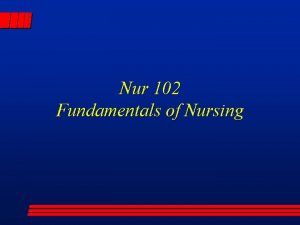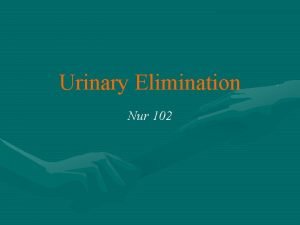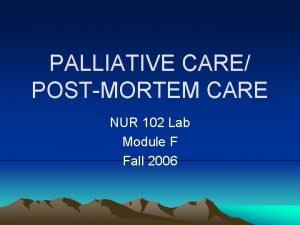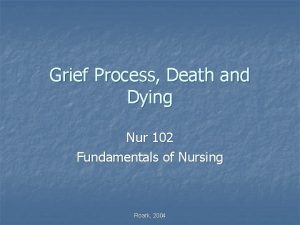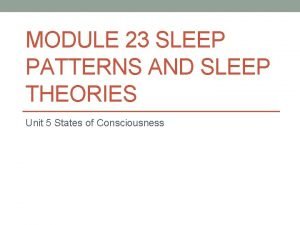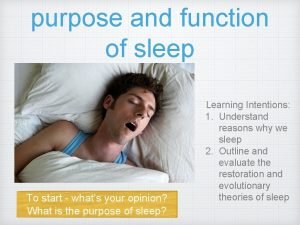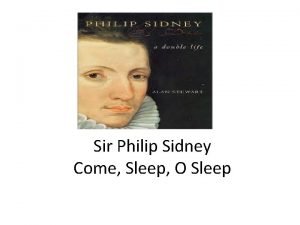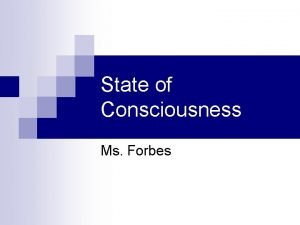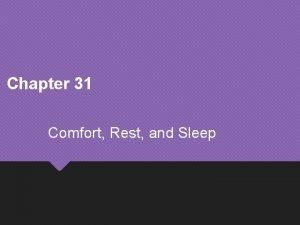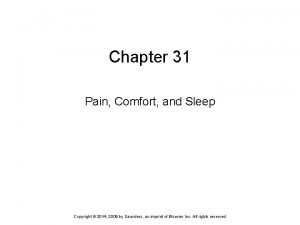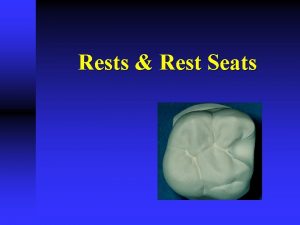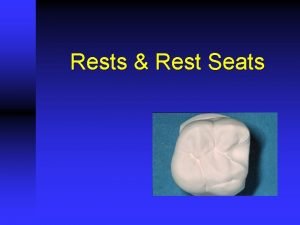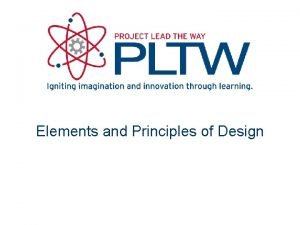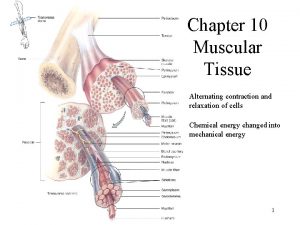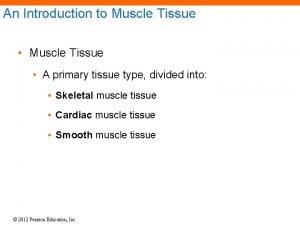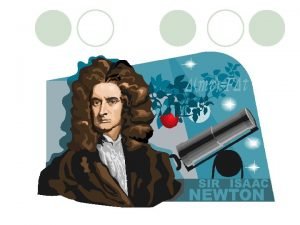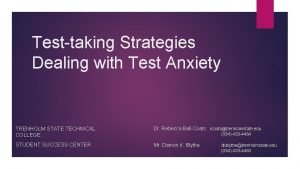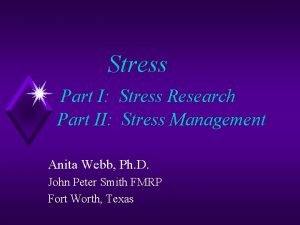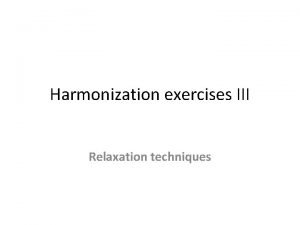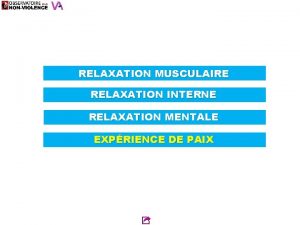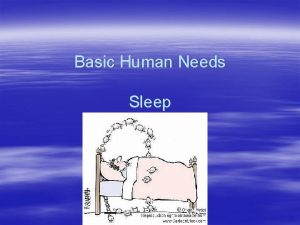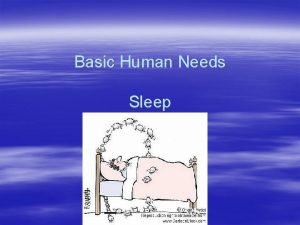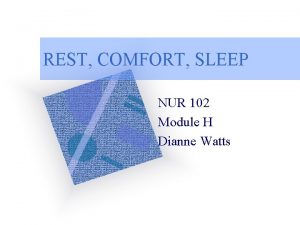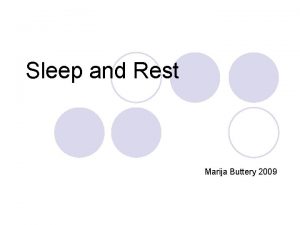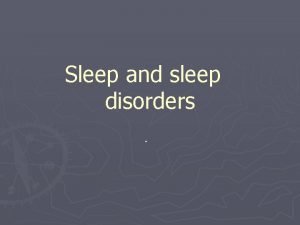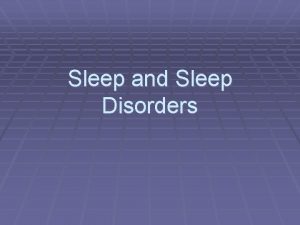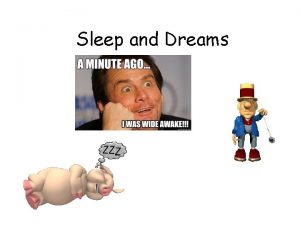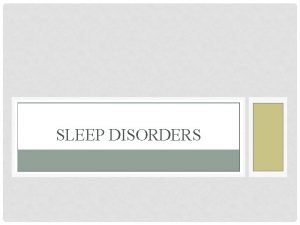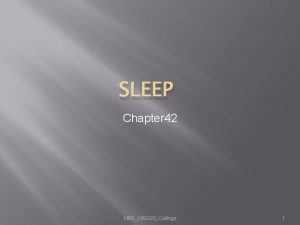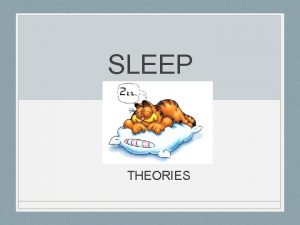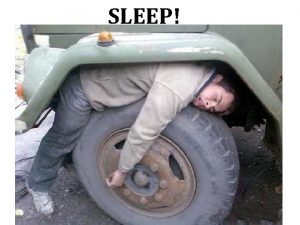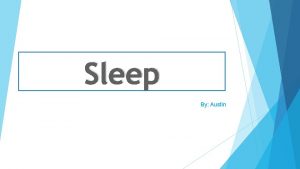Rest and Sleep Nur 102 Rest calmness relaxation





















- Slides: 21

Rest and Sleep Nur 102

• Rest: calmness, relaxation without emotional stress, freedom from anxiety • Sleep : altered state of consciousness in which the individual’s perception of and reaction to the environment are decreased • Characteristic of sleep: - Minimal physical activity - Variable level of consciousness - Change in body physiologic process - Decrease responsiveness to external stimuli

Functions of Sleep • Restores normal levels of activity • Restores normal balance among parts of the nervous system • Necessary for protein synthesis • Maintain Psychological well-being

Factors affecting Sleep • • • Illness Environment Fatigue Lifestyle Emotional stress Stimulants and alcohol Diet Smoking Motivation Medications

Common Sleep Disorders • Insomnia • Excessive daytime sleepiness • Parasomnias

Insomnia • • Difficulty falling asleep Waking up frequently Difficulty staying asleep Daytime sleepiness lead to: Difficulty concentrating Irritability Risk factors – Older age – Female

Excessive Daytime Sleepiness • • Hypersomnia Narcolepsy Sleep apnea Insufficient sleep

Hypersomnia • Sufficient sleep at night but cannot stay awake during day • Caused by medial and rarely due to psychological disorders • Can be caused by: CNS damage, liver, kidney problem, hypothyroidism

Narcolepsy • Caused by lack of hypocretin in CNS that regulates sleep • Clients have excessive day time sleepiness • Sleep at night usually begins with sleeponset REM period

Sleep Apnea • Frequent short breathing pauses during night • More than 5 apneic episodes > 10 sec/hr considered abnormal • Symptoms include snoring, frequent awakenings, difficulty falling asleep, morning headaches, memory and cognitive problems, irritability • Types include obstructive, central, mixed

Insufficient Sleep • Occur when a healthy person obtain less sleep than they need

Healthy Individuals Who Don’t Sleep • Experience sleepiness and fatigue during day • Attention and concentration deficits • Reduced vigilance • Distractibility • Reduced motivation • Fatigue, malaise, diplopia, dry mouth

Parasomnias • Is behavior that may occur during sleep or interfere with sleep • Classification (international): - Arousal disorders ( sleepwalking, sleep terrors) - Sleep wake transition disorders ( sleep talking) - Parasomnias associated with REM sleep ( nightmares) - Others (bruxism: clenching and grinding of the teeth)

Normal Sleep Requirements • Neonate (0 -3 mo) sleep 16 -18 hr’sday, irregular schedule with 1 -3 hr’s awake • Infant (3 mo-1 yrs) – 14 -15 hours/day, plus 2 naps, by 6 month infant start to sleep through the night • Toddler (1 -3 yrs) – 12 -14 hours/24 hrs including naps; night time mares are common • Preschooler (3 -5 yrs), 11 - 12 hours/night; it’s the good time to start sleep schedules

• School-age (5 -12 yrs) – 10 -11 hrs/night. • Adolescents (12 – 18 y) – typically get 7 1/2 hrs/night; need 9 -10 hr’s • Young adults – 7 -9 hrs/night • Middle adults – total time spent sleeping declines • Older adults – quality of sleep deteriorates; have increased awakenings, fragmentation, napping, earlier bed time and awake time, need 7 -9 hr’s

Nursing Process • • Assessment Sleep History: Usual sleep pattern Bedtime rituals performed to help the person fall asleep Use of sleep medication and other drugs Sleep environment Recent change in sleep pattern Medication history

• • Sleep diary: Total number of sleep hr’sday Activities performed 2 -3 hr’s before bedtime Bedtime rituals Time of going to bed, trying to fall asleep, waking up • Any thing pt believes have a +Ve or –Ve effect on sleep - PE( Enlarged Tonsils, septal deviation, darkness around eye, swelling in eye lid) - Diagnostic study (polysomnograph, EEG)

Nursing Diagnosis • • • Insomnia Disturbed sleep pattern Risk for injury RT sleepwalking Activity intolerance RT sleep deprivation Anxiety RT sleep apnea

Planning • Goal: to promote sleep maintain sleep pattern Objective: pt will be able to sleep 2 hr’s during my shift pt will be able to list 2 things he should do before went to sleep during my shift.

Implementation • Teach client the importance of sleep and rest in maintain active and productive lifestyles • Support bedtime rituals • Provide rest environment (soft light, calm, ventilated, comfort temp) • Instruct pt to wear loose fitting nightwear • Encourage pt to void before bed time • Offer back massage • Instruct pt to drink cup of warm milk before sleep • If pt have pain give analgesic 30 mint before sleep • Give medication if needed as hypnotics.

Implementation • • • Create a relaxing environment. Calm the mind. Ensure appropriate nutrition. Promote daytime activity and exercise. Manage stress. Initiate pharmacologic interventions. Promote sleep in the hospitalized client. Control environment Non-caffeinated bedtime snacks Comfortable room temperature Appropriate ventilation Appropriate lighting
 Nur 102
Nur 102 Nur 102
Nur 102 Nur 102
Nur 102 Nur 102
Nur 102 Module 16 sleep patterns and sleep theories
Module 16 sleep patterns and sleep theories Module 23 sleep patterns and sleep theories
Module 23 sleep patterns and sleep theories Module 23 sleep patterns and sleep theories
Module 23 sleep patterns and sleep theories شرح قصيدة come sleep بالعربي
شرح قصيدة come sleep بالعربي Adults spend about ______% of their sleep in rem sleep.
Adults spend about ______% of their sleep in rem sleep. Chapter 31 comfort rest and sleep
Chapter 31 comfort rest and sleep Chapter 31 comfort rest and sleep
Chapter 31 comfort rest and sleep Occlusal rest seat
Occlusal rest seat Rest and rest seat
Rest and rest seat Rest seats
Rest seats It represents dignity formality, stability and strength
It represents dignity formality, stability and strength Alternating contraction and relaxation
Alternating contraction and relaxation A&p flix activity: resting membrane potential
A&p flix activity: resting membrane potential Stephen greenblatt hamlet in purgatory
Stephen greenblatt hamlet in purgatory An object at rest stays at rest
An object at rest stays at rest Cephalic phase of digestion
Cephalic phase of digestion Relaxation techniques test anxiety
Relaxation techniques test anxiety Relaxation response technique
Relaxation response technique
